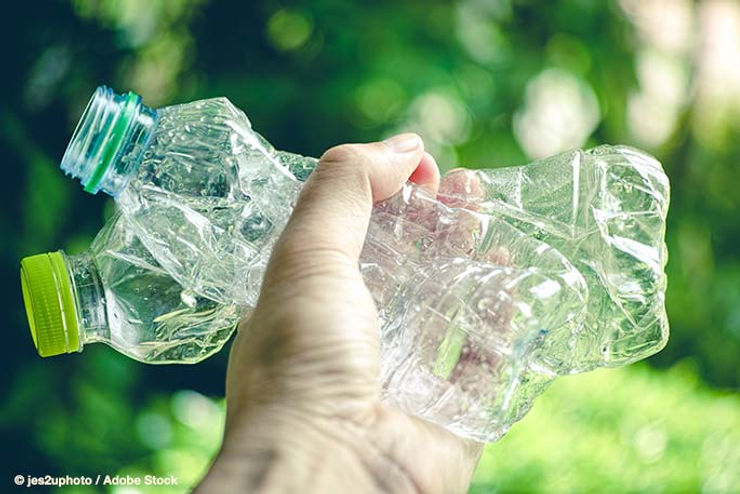By: Emily Wang
Many items we use and see in our everyday lives are made of plastic, such as plastic straws, plastic wrap, and plastic bags. There is so much plastic waste in our world that multiple efforts have been made to decrease the effect of it.
In 2018, the world produced roughly 275 million tons of plastic waste, with packaging being one of its biggest contributors. Plastic packaging material may be useful, but in 2015, packaging made up 141 million tons of the world’s plastic waste.
Countries such Germany have been able to recycle the majority of their plastic waste. 56% of plastic waste in Germany is recycled, and Austria, South Korea, and Wales recycle almost just as much as Germany. But in reality, only a handful of plastics manage to get recycled worldwide. 15% of plastics are sent to be recycled, but almost half the waste is rejected due to contamination or other issues. Hence, only about 9% of the plastic waste is actually recycled.
Yet plastic does have its upsides. In the food industry, film wraps and plastic bags that seal food can make the food last longer and are considerably lighter than other options such as cardboard.
Cardboard is not as effective as plastic when shipping items.
Plastic is most commonly replaced with cardboard,” Romane Osadnick, an account manager at Adelphe, a French non-profit organization that makes an effort to reduce the consequences of household food packaging, says, ” (where does this quote end?)but food can be damaged more easily in cardboard causing more food waste in transport, and it weighs much heavier [which] means in turn that more lorries are needed to carry the same quantity of product. Transport weighs heavily in the life cycle of food. In the end it often turns out to be more polluting to use cardboard wrapping than plastic, when the entire food production chain is taken into account.
If you compare glass to plastic, glass is more reusable, and can last for a very long time. But if you recycle it, it doesn’t save a lot of energy when compared to just making more glass. Glass is only eco-friendly if it is constantly reused.
Plastic has many downsides to its uses. But in many ways, it is more reliable than any other material. It’s important that we learn how to use it more efficiently before we decide to get rid of plastic.
Links:











